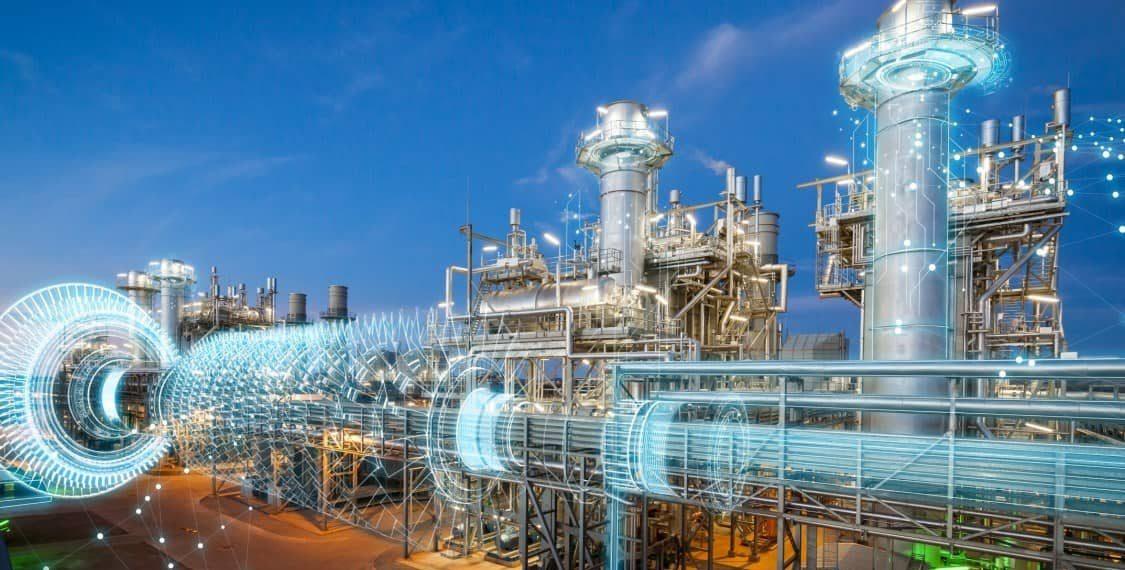Power-to-gas systems use surplus renewable power like wind and solar to produce hydrogen or synthetic natural gas through electrolysis. The produced hydrogen can be stored and distributed through the existing gas network or used as a fuel directly. It provides a long-term solution for storing surplus renewable energy. Power-to-gas also helps decarbonize sectors like industry, transportation, and buildings. The global power-to-gas market is estimated to be valued at US$ 39.13 Bn in 2023 and is expected to exhibit a CAGR of 15% over the forecast period 2024 to 2031, as highlighted in a new report published by Coherent Market Insights.
Market Dynamics:
One driver that is leading to high growth of the power-to-gas market size is rising concerns about green energy storage. Renewable energy sources like solar and wind have intermittent generation which makes it challenging to balance electricity supply and demand. Power-to-gas provides a viable solution by enabling the storage of surplus renewable power in the form of hydrogen. This stored energy can later be used as a fuel or converted back to electricity as per demand. Power-to-gas helps maximize the utilization of renewable sources and support their higher adoption for a sustainable energy transition. The ability of power-to-gas to store excess renewable energy for long durations is a key factor driving increasing investments in this technology.
SWOT Analysis
Strength: Power-to-gas technology enables storage of surplus renewable energy production from wind and solar through conversion into hydrogen or methane. This provides an important energy storage solution and helps in better utilizing renewable sources. By converting electricity to hydrogen or methane, power-to-gas provides an efficient way to store energy over long periods of time in the existing gas infrastructure.
Weakness: Power-to-gas plants require large investments and have high capital costs. Their efficiency is also relatively low as energy is lost during the conversion process from electricity to gas. Additionally, public acceptance of producing and storing hydrogen or methane is still limited due to safety concerns.
Opportunity: Many countries are targeting increased adoption and share of renewable energy to meet climate goals. This presents an opportunity for greater utilization of power-to-gas technology to balance intermittent renewables production and ensure grid stability. Rising natural gas demand also provides an outlet to use hydrogen or methane derived from power-to-gas.
Threats: Cheaper battery storage alternatives or development of more direct long-term electricity storage solutions could reduce the advantages of power-to-gas. Strict emission norms may also affect use of methane derived from power-to-gas if carbon capture is not viable. Dependence on government policy support for renewable energy and power-to-gas also poses regulatory threats.
Key Takeaways
The global power-to-gas market is expected to witness high growth over the forecast period supported by increasing renewable energy adoption worldwide. The market size is estimated to reach US$ 39.13 billion by 2024.
Regional analysis: Europe currently dominates the power-to-gas market accounting for over 50% share due to favorable government policies and initiatives supporting renewable energy and power-to-gas in countries like Germany, France and Italy. Asia Pacific is expected to be the fastest growing market led by China due to major capacity additions in renewable energy.
Key players: Key players operating in the power-to-gas market are Codexis Inc., Abzena, Ltd., Enantis s.r.o, GenScript Biotech Corp., Waters Corporation, PerkinElmer, Inc., Bruker Corporation, Agilent Technologies, Bio-Rad Laboratories Inc., and Thermo Fisher Scientific Inc., among others. These companies are focusing on technology advancements and strategic partnerships to strengthen their presence in the high growth power-to-gas market.
Get more insights on this topic: https://www.newswirestats.com/power-to-gas-market-size-and-outlook/
